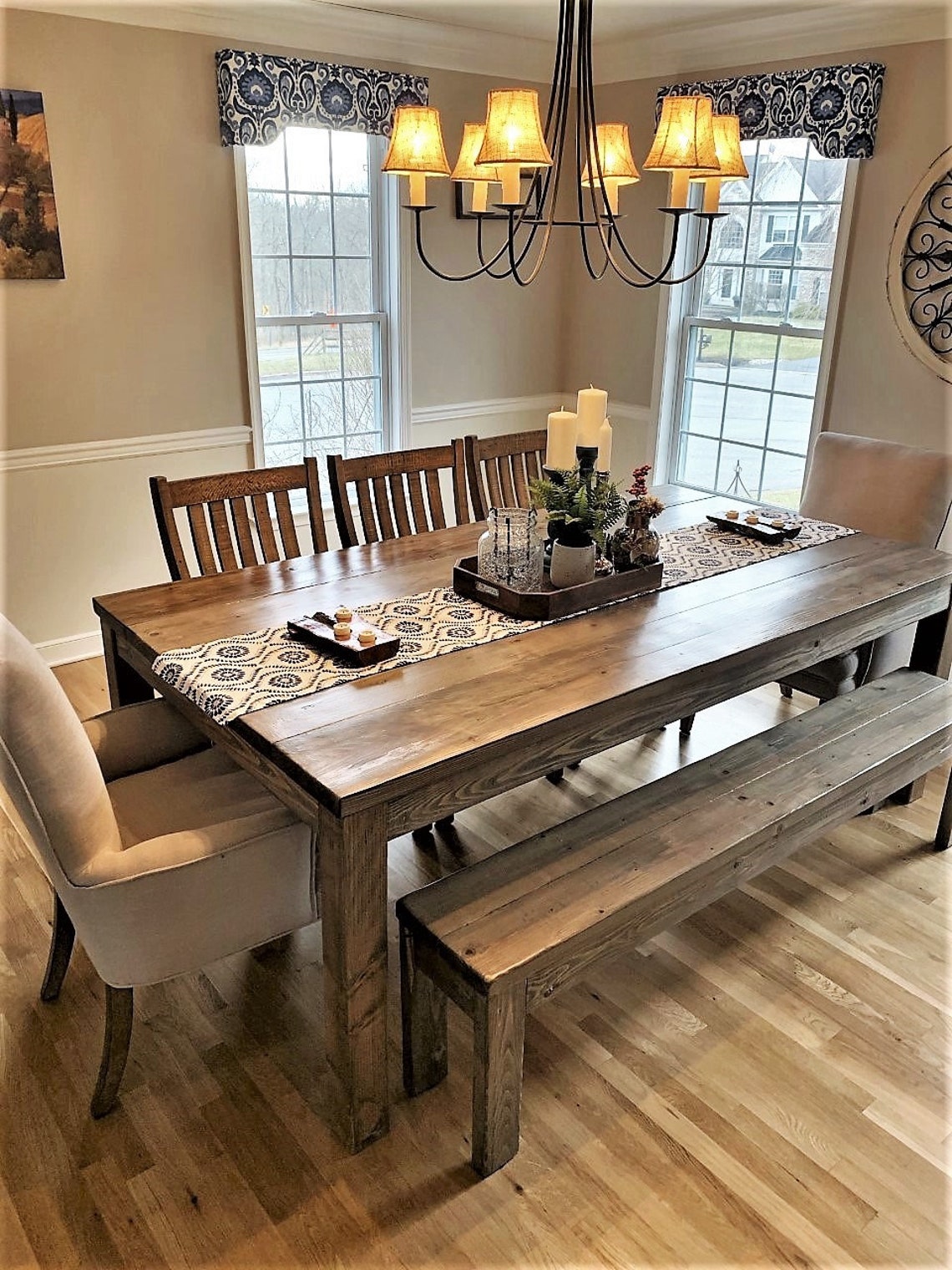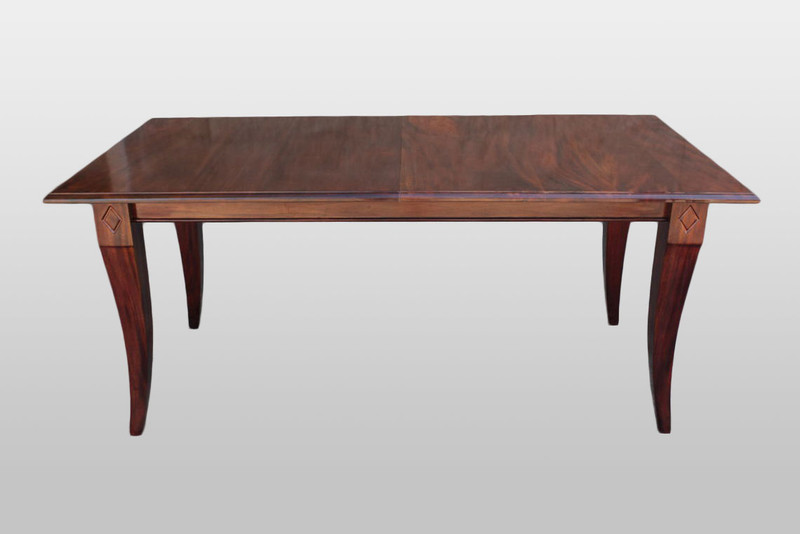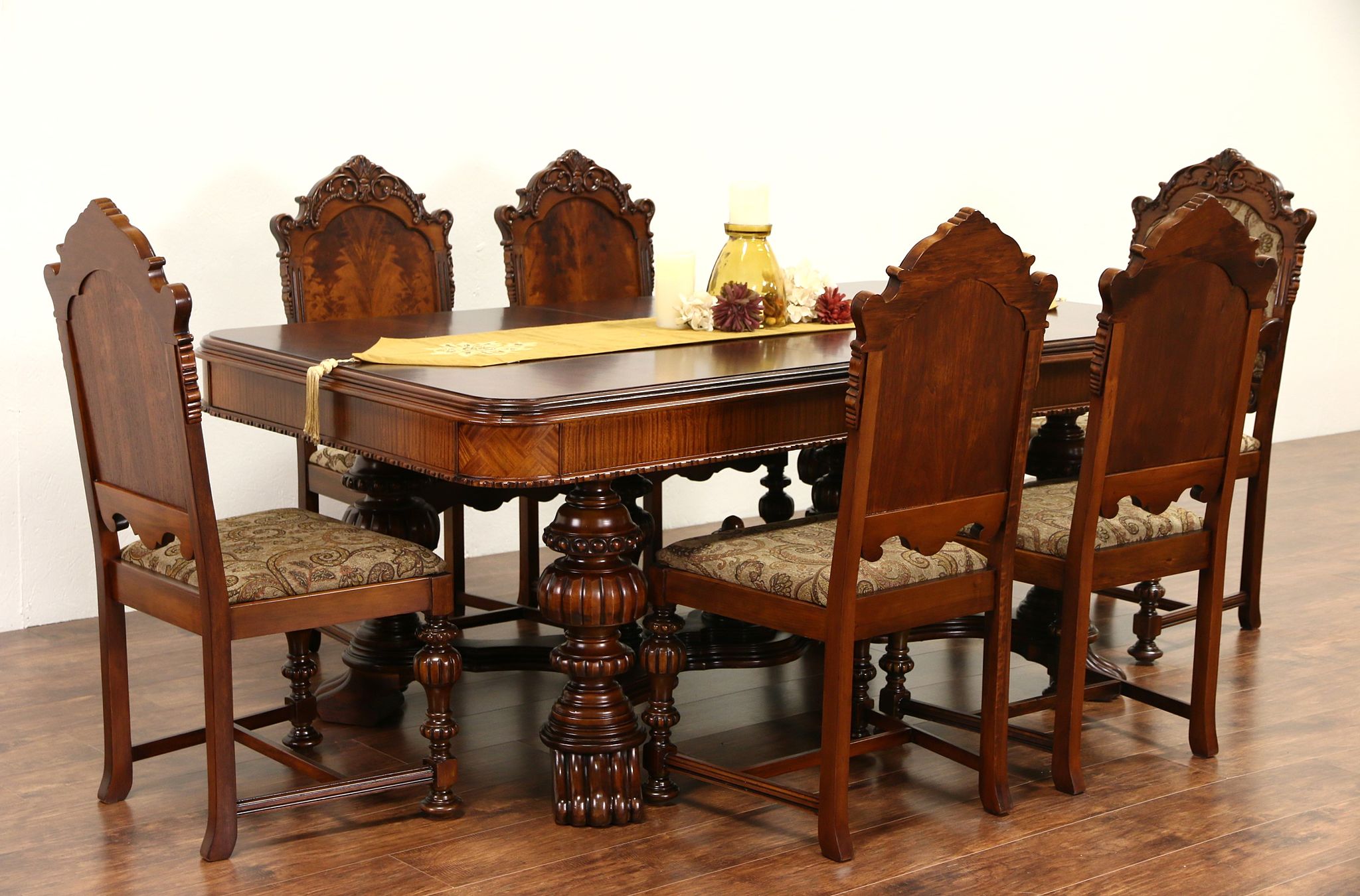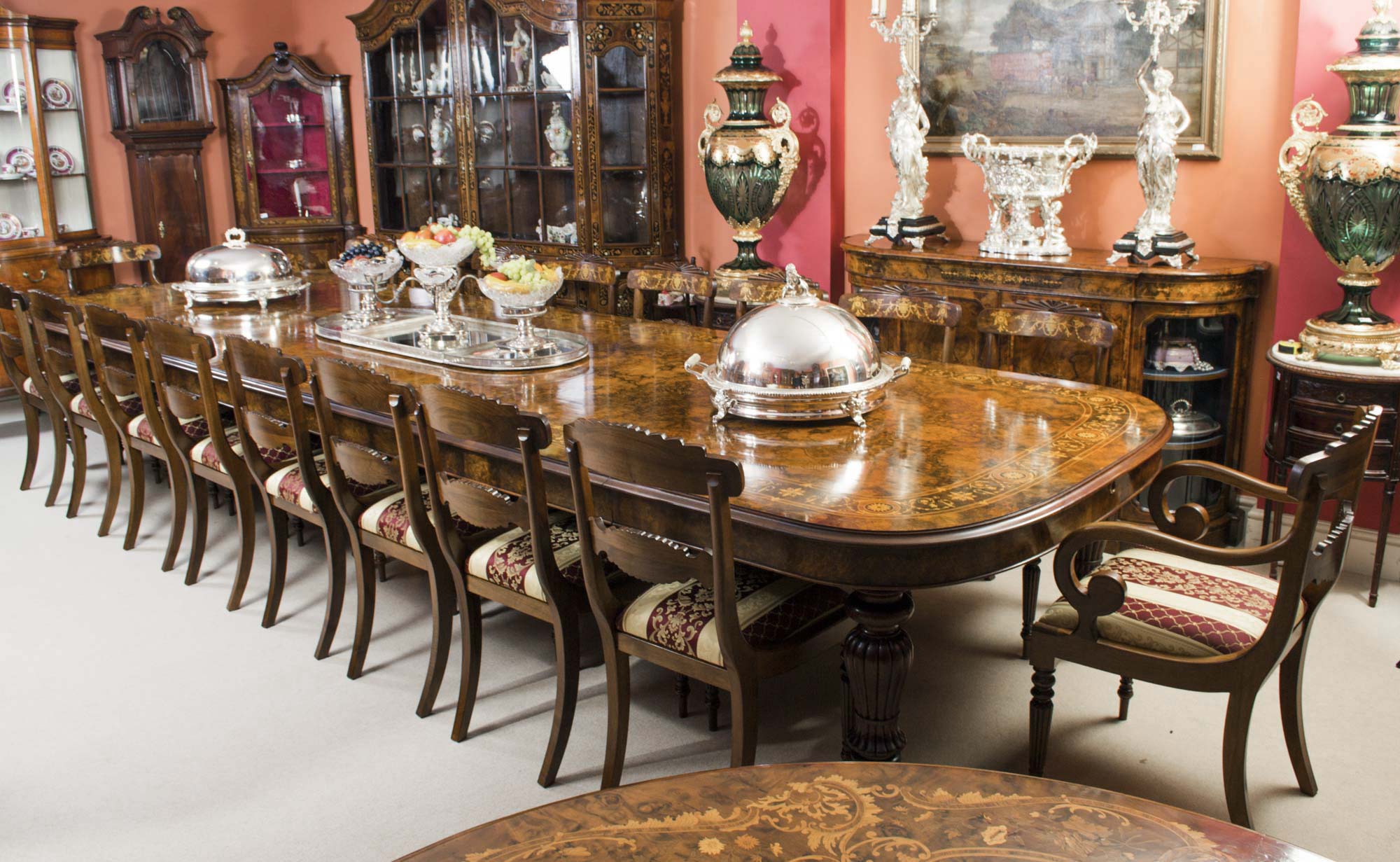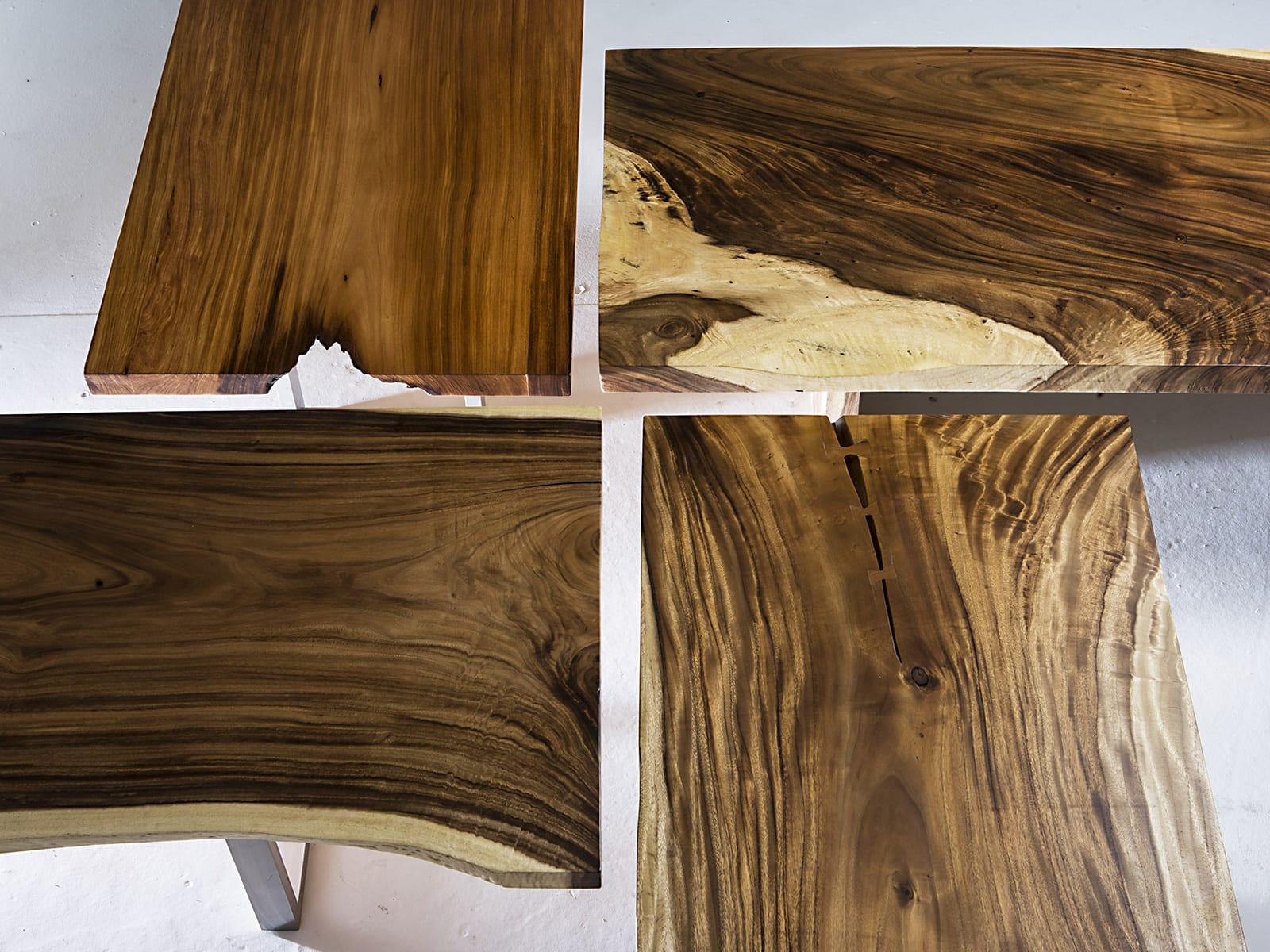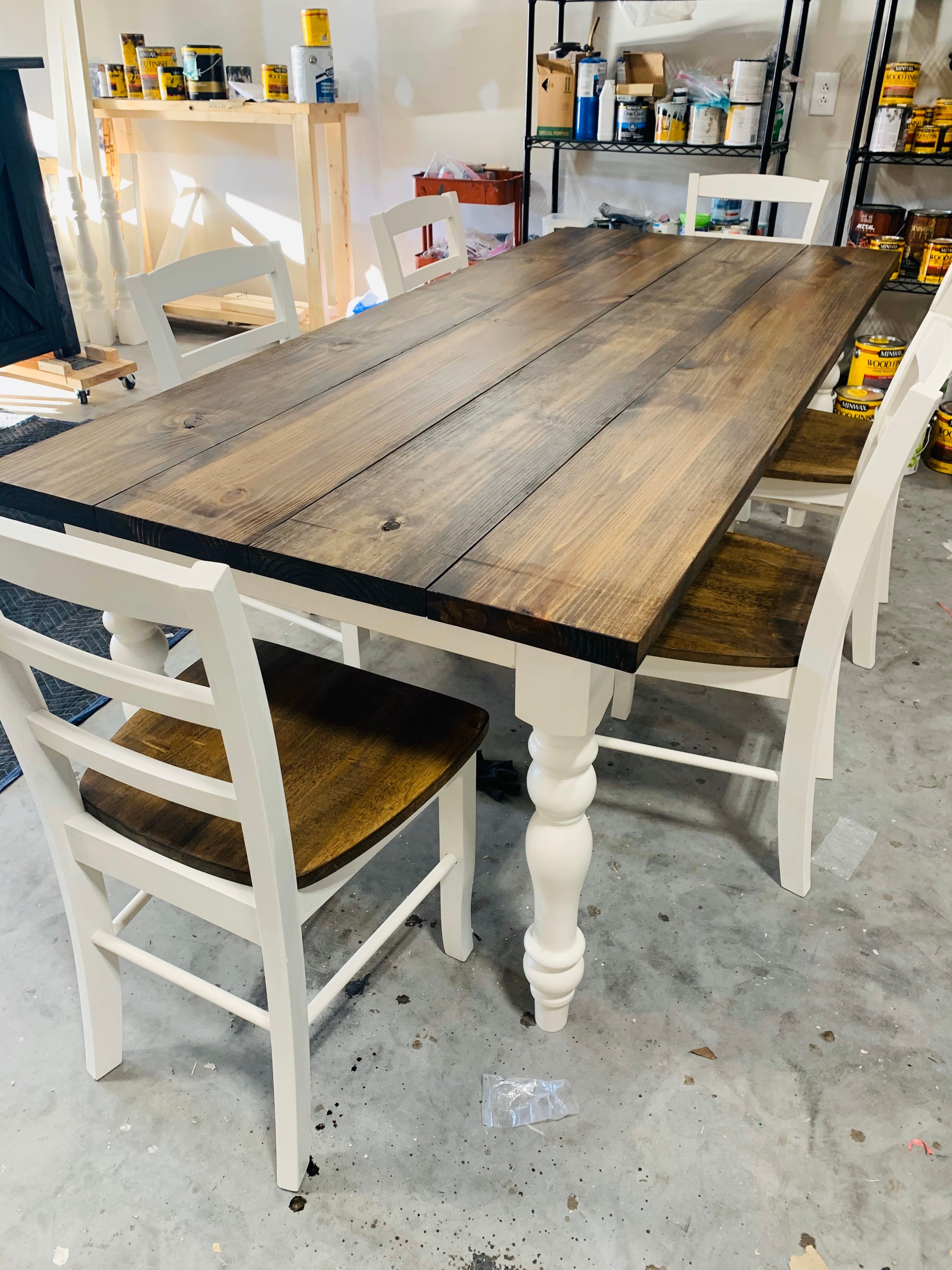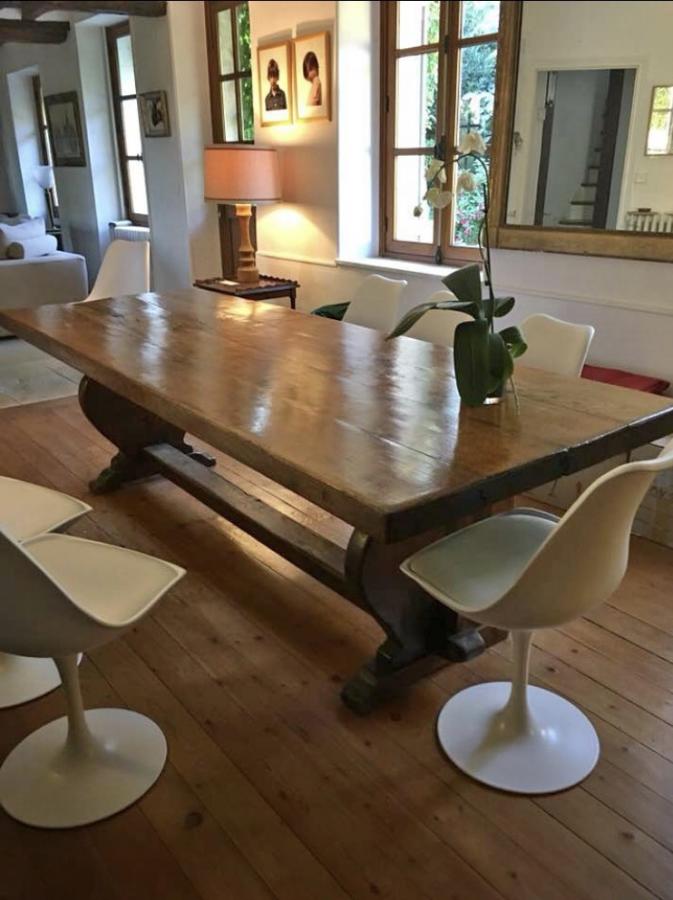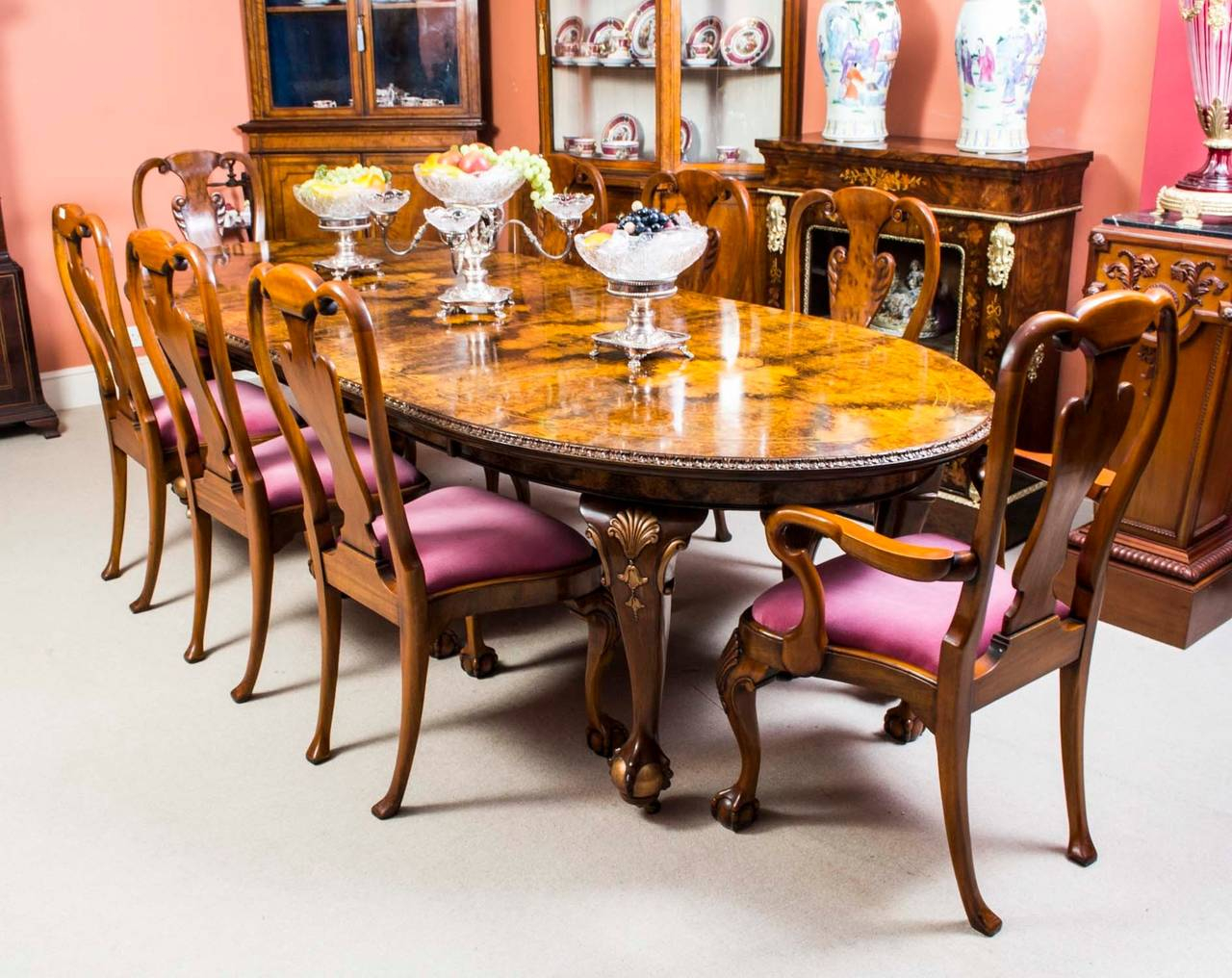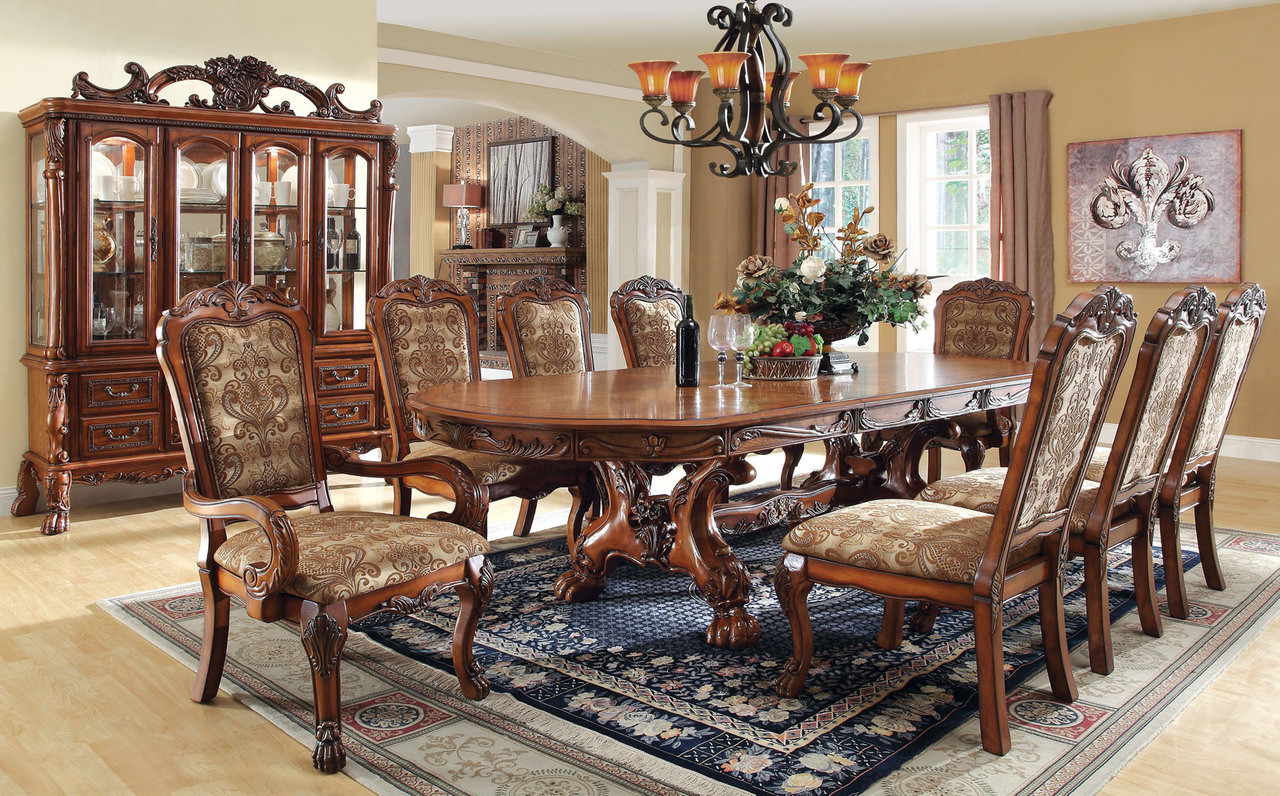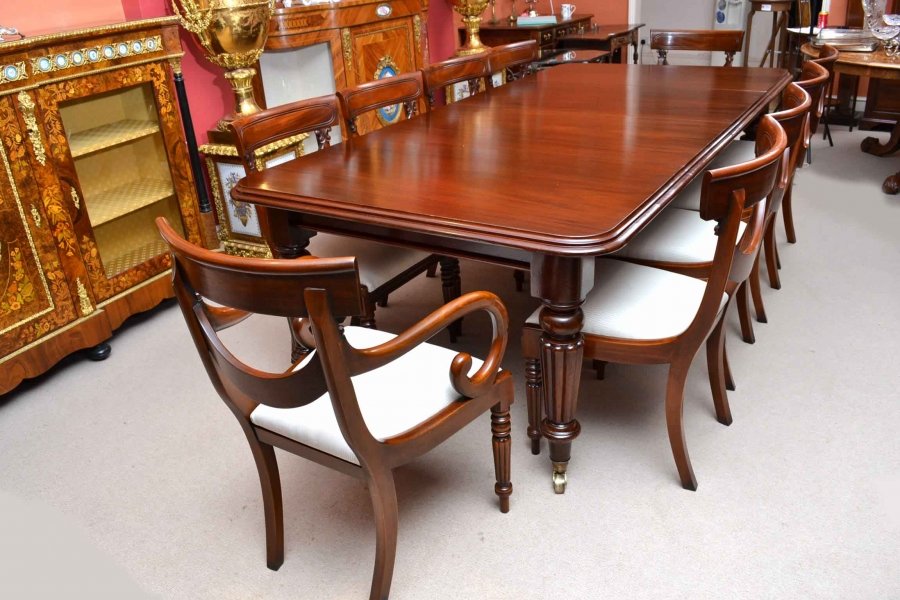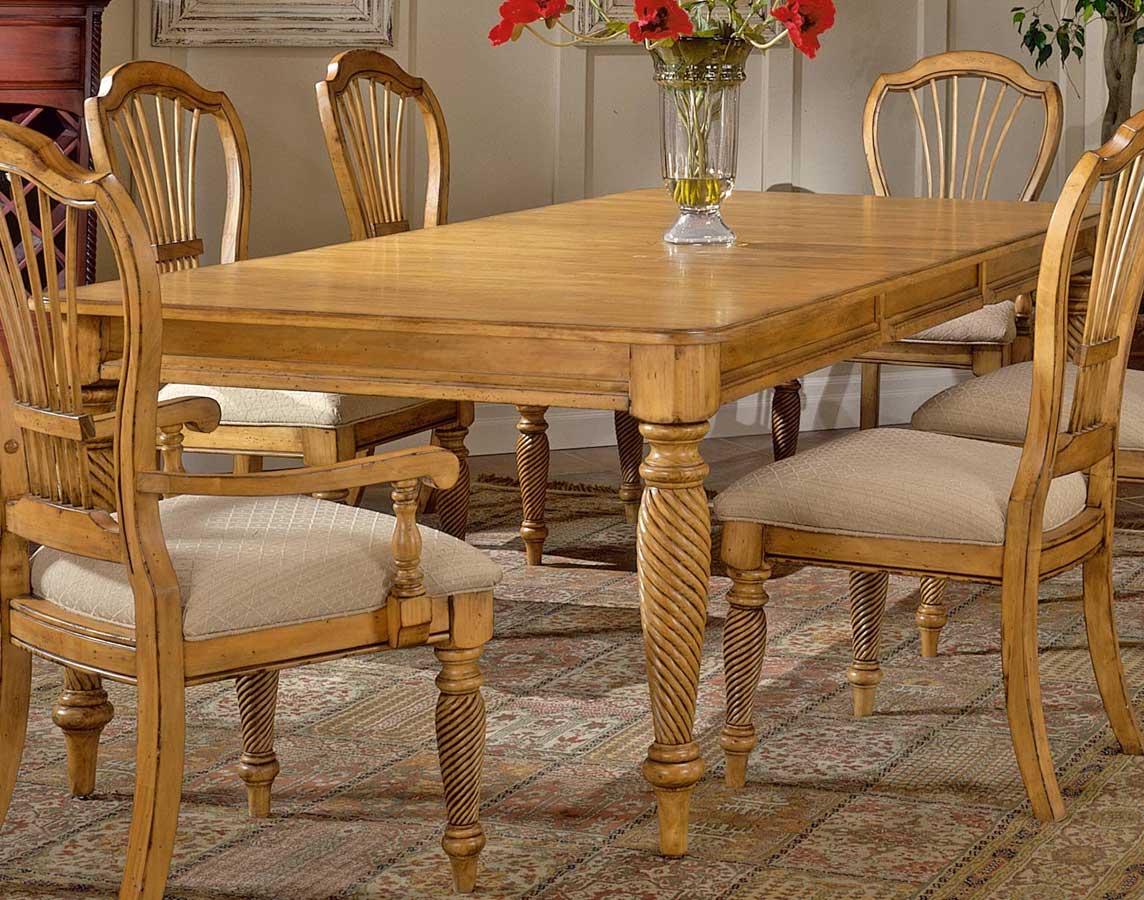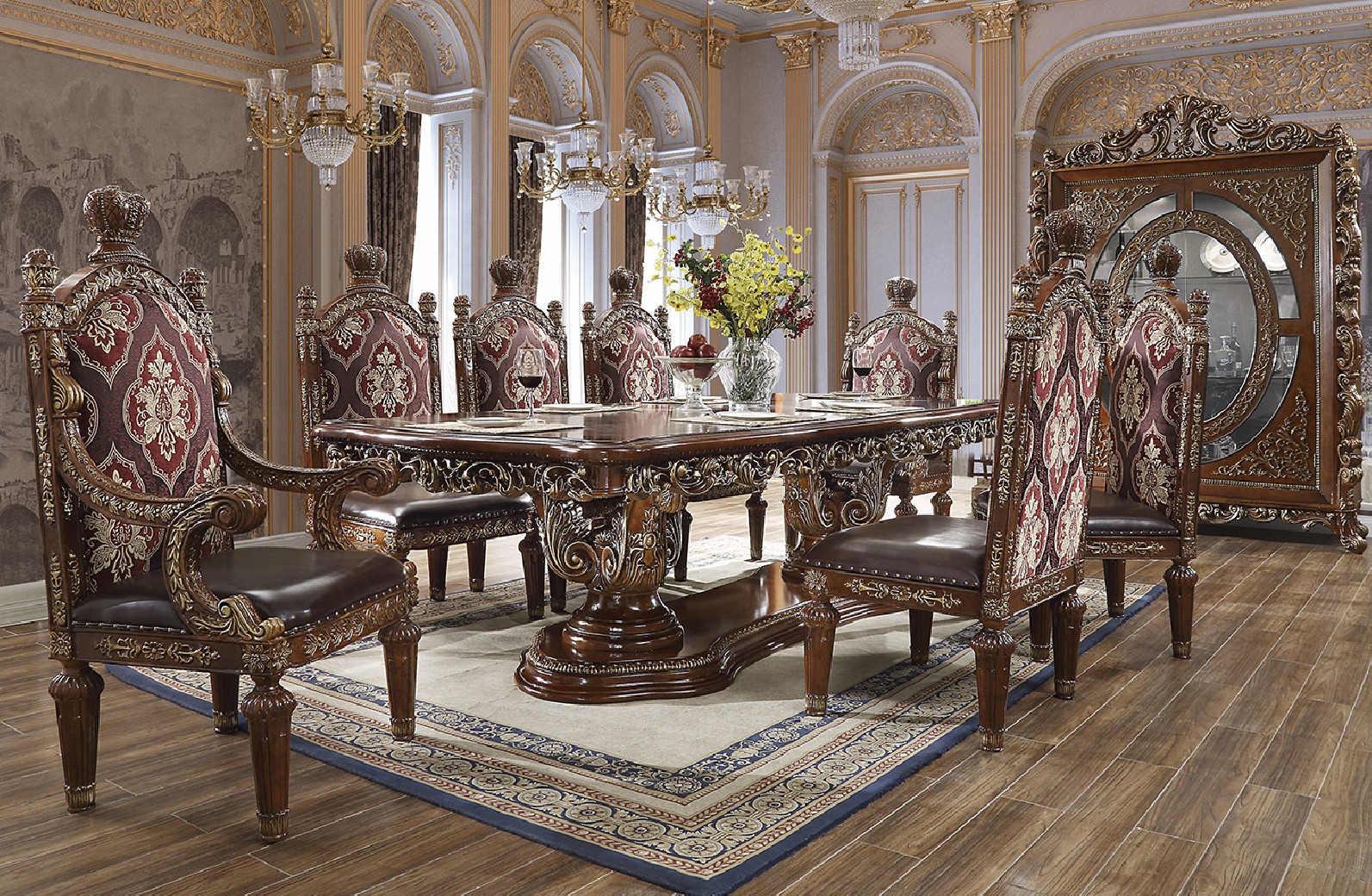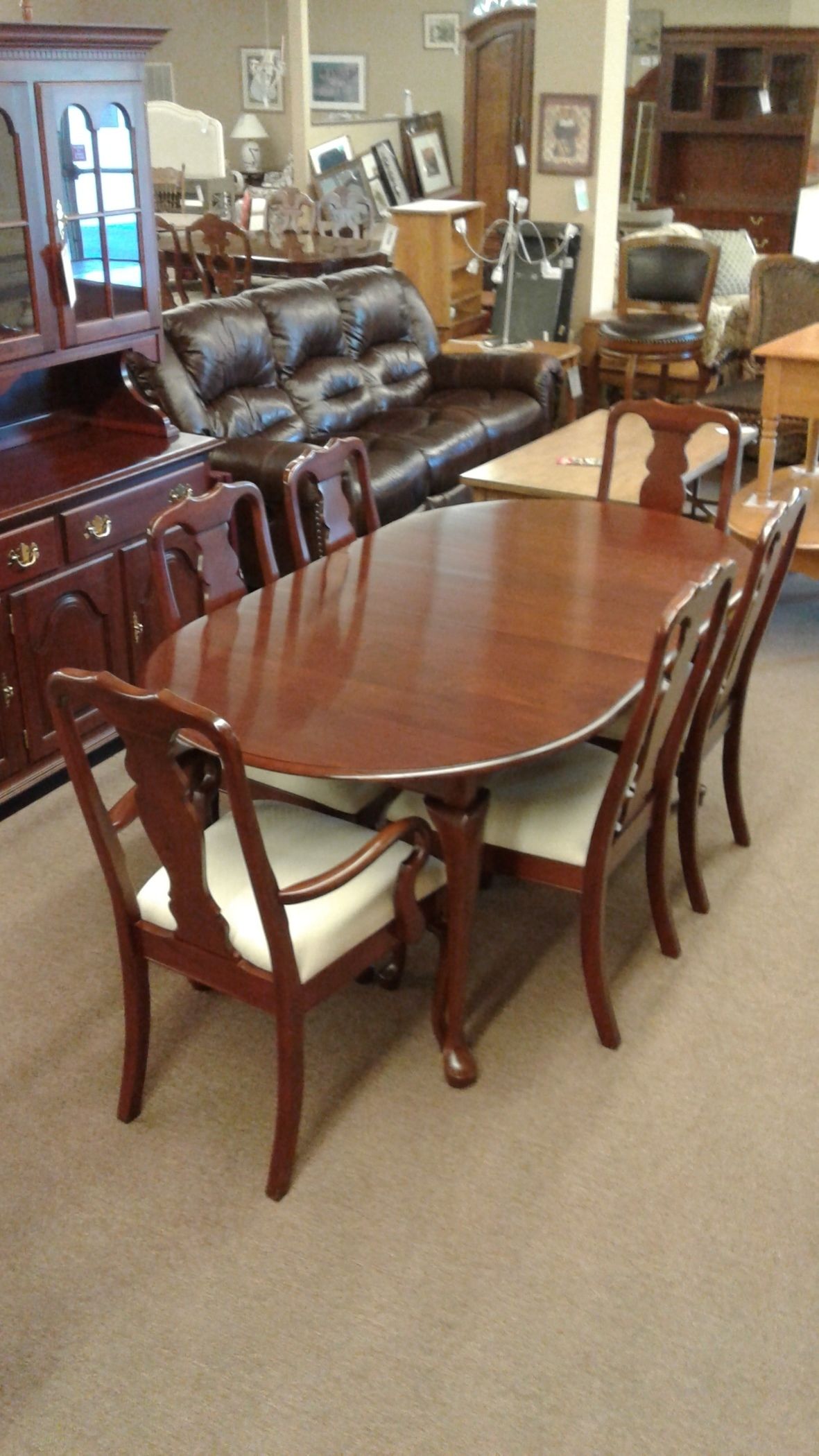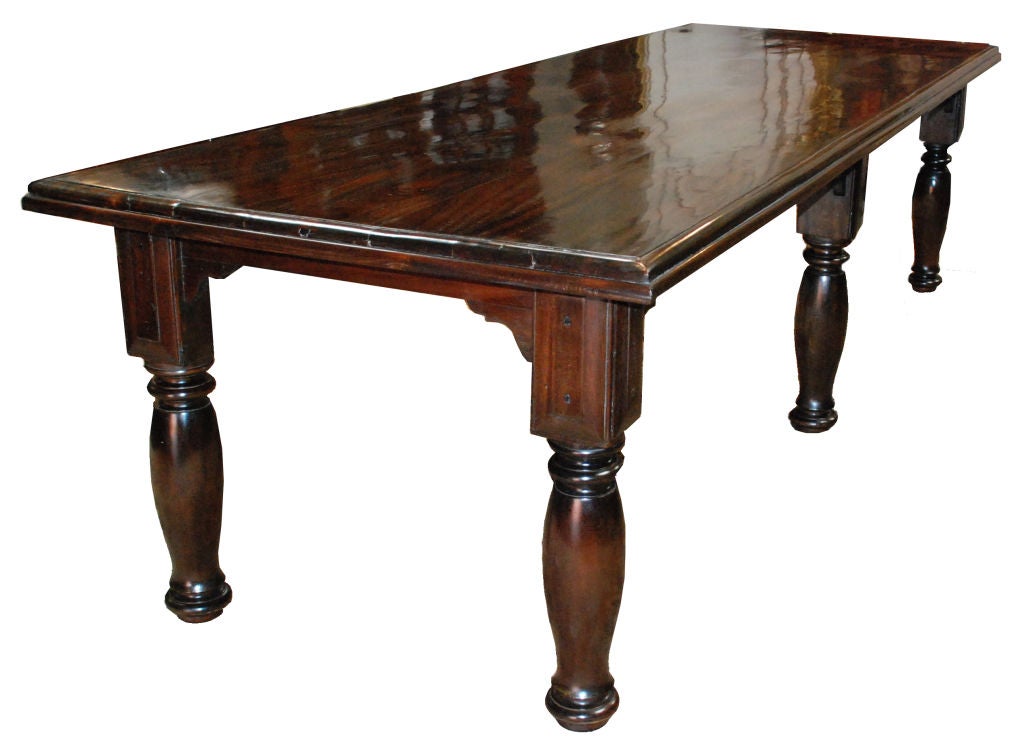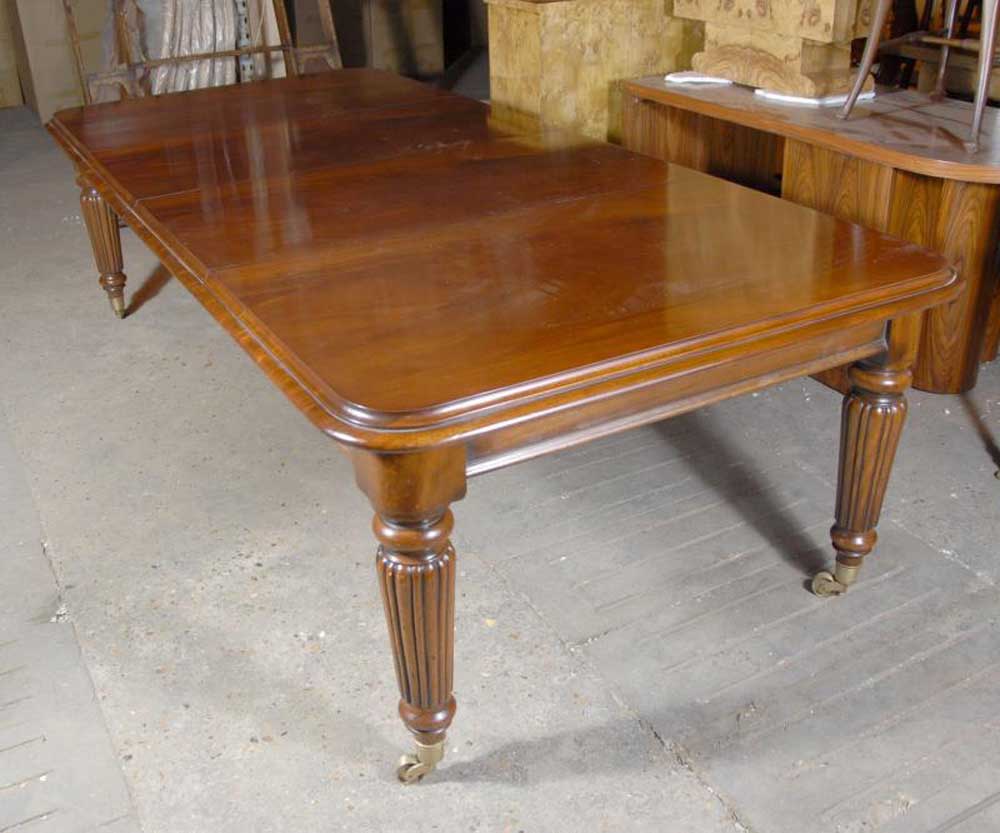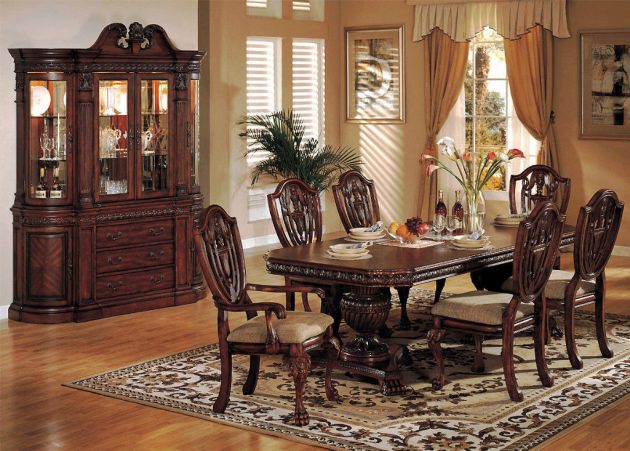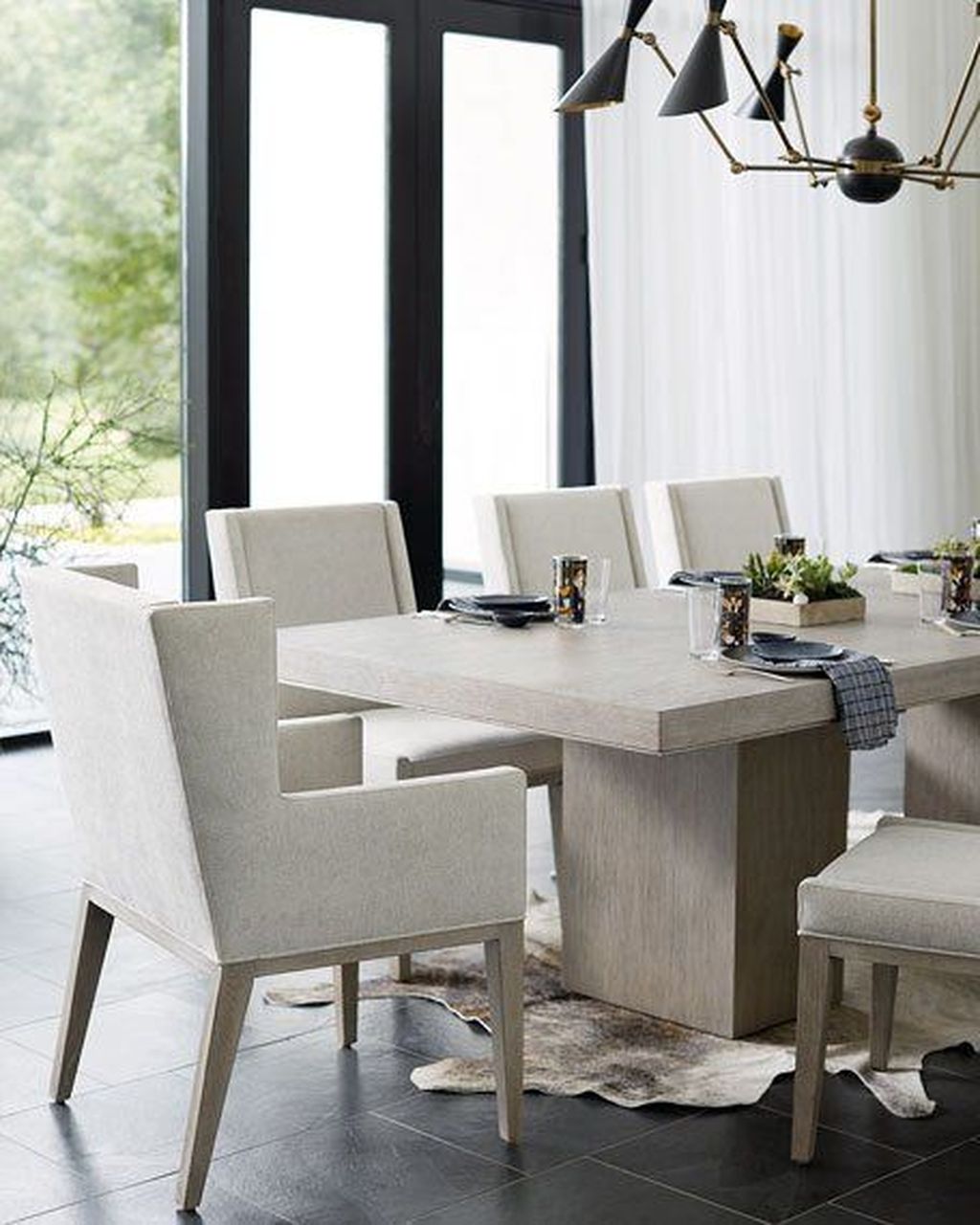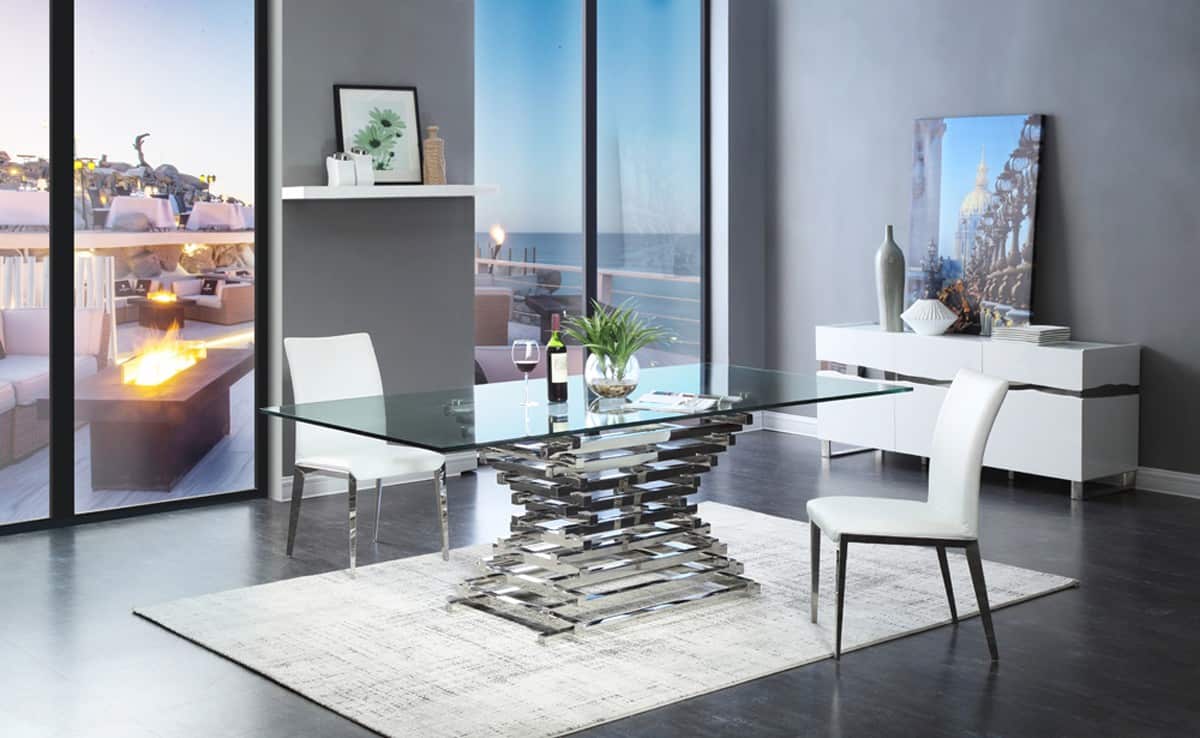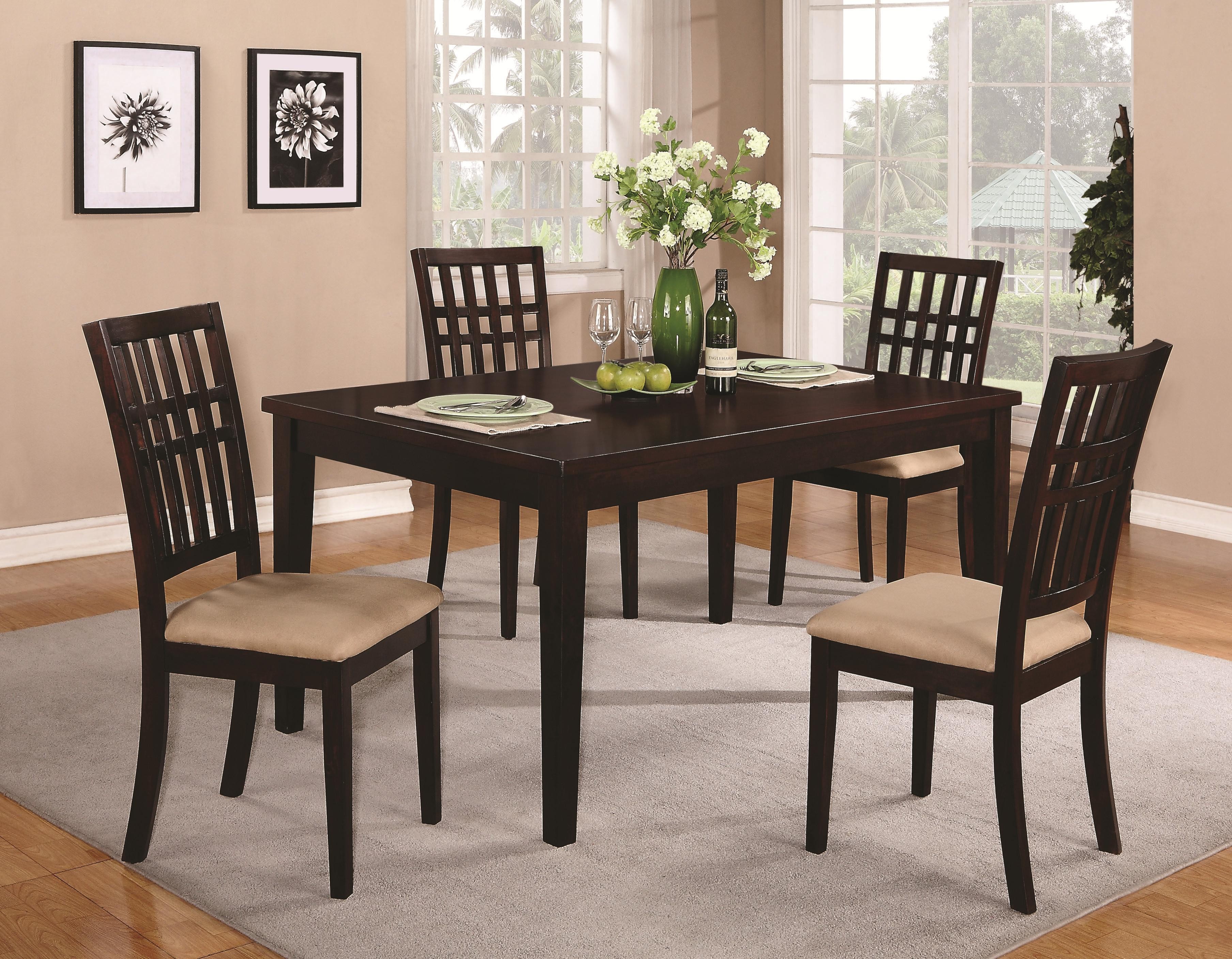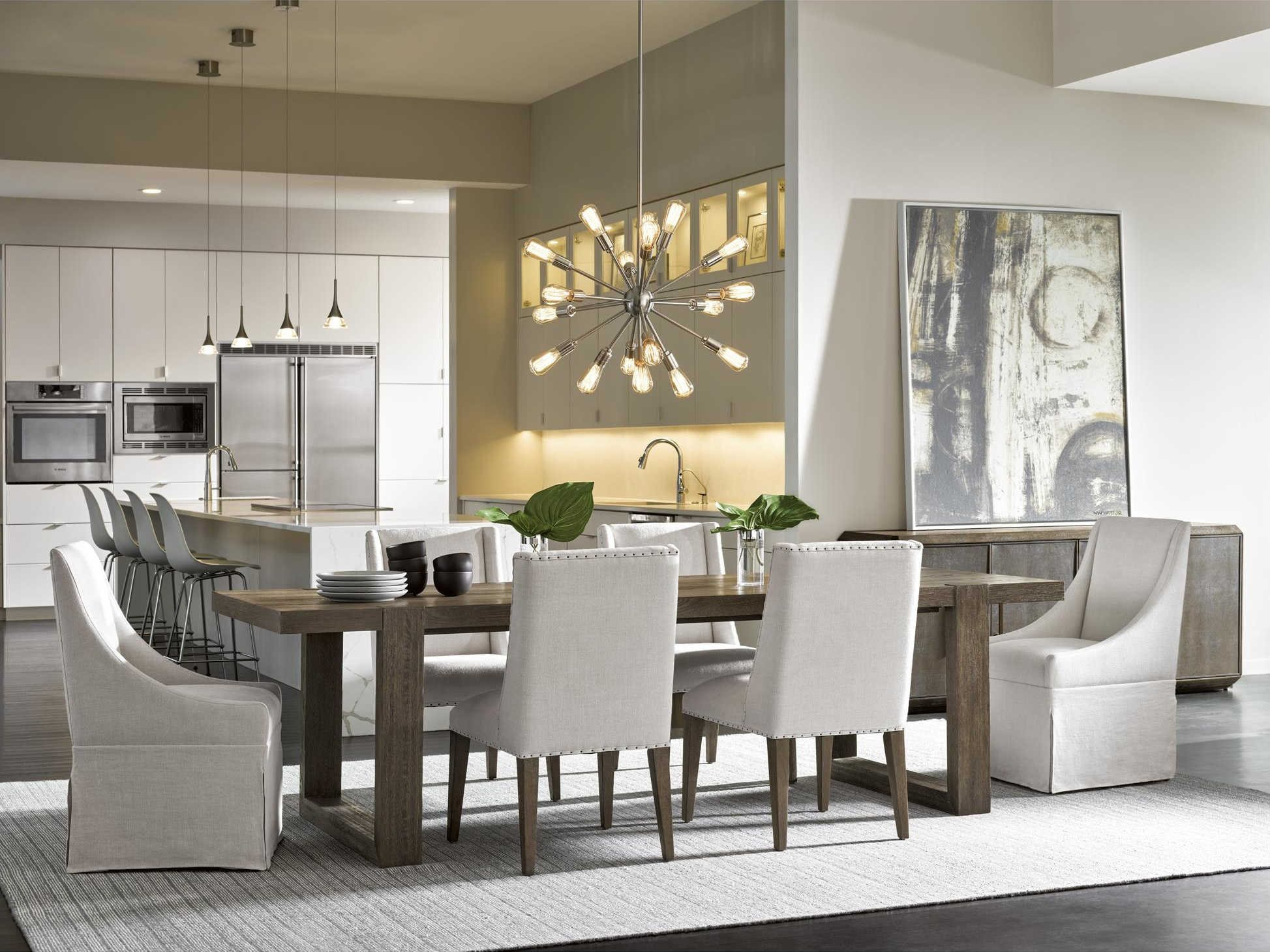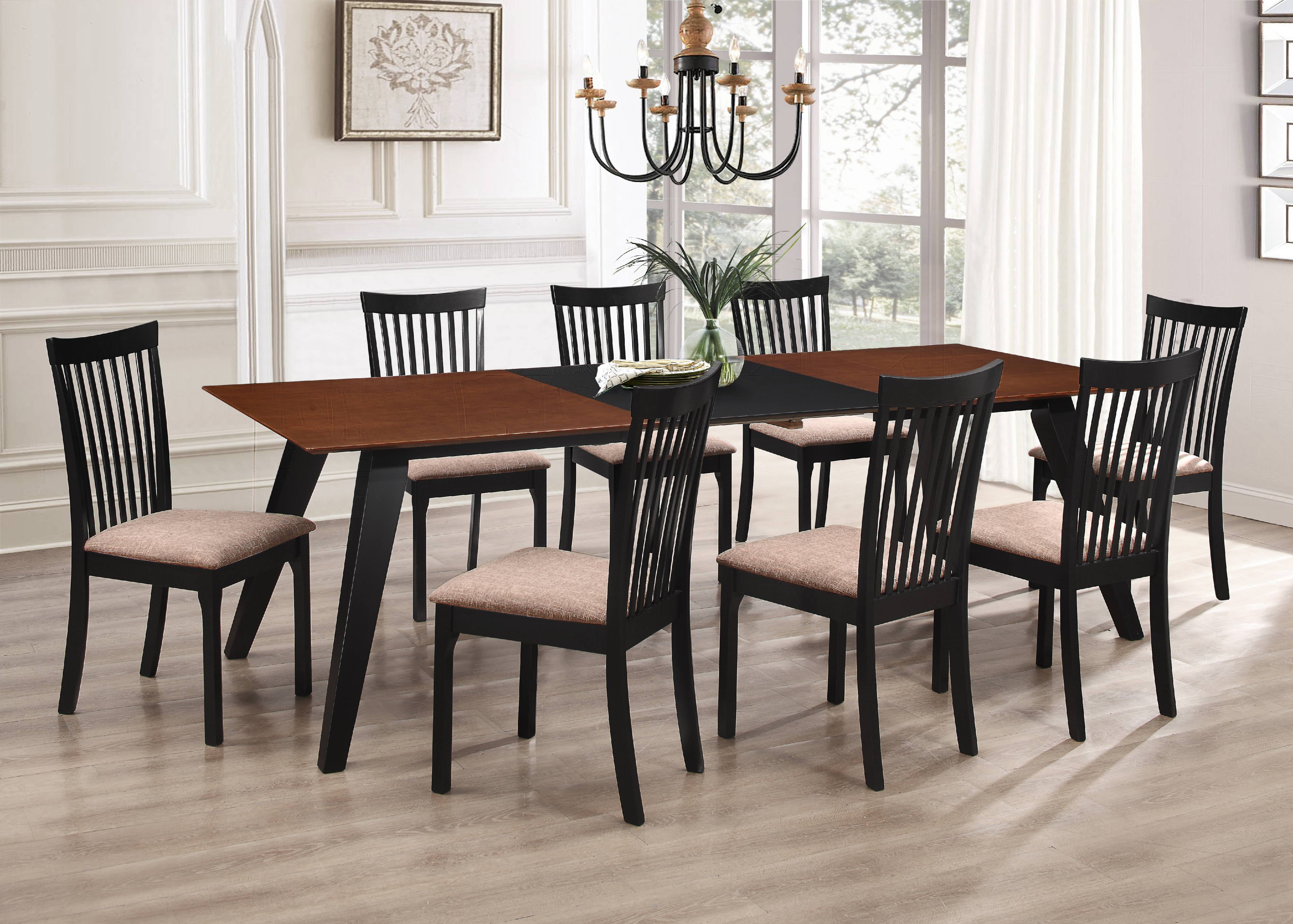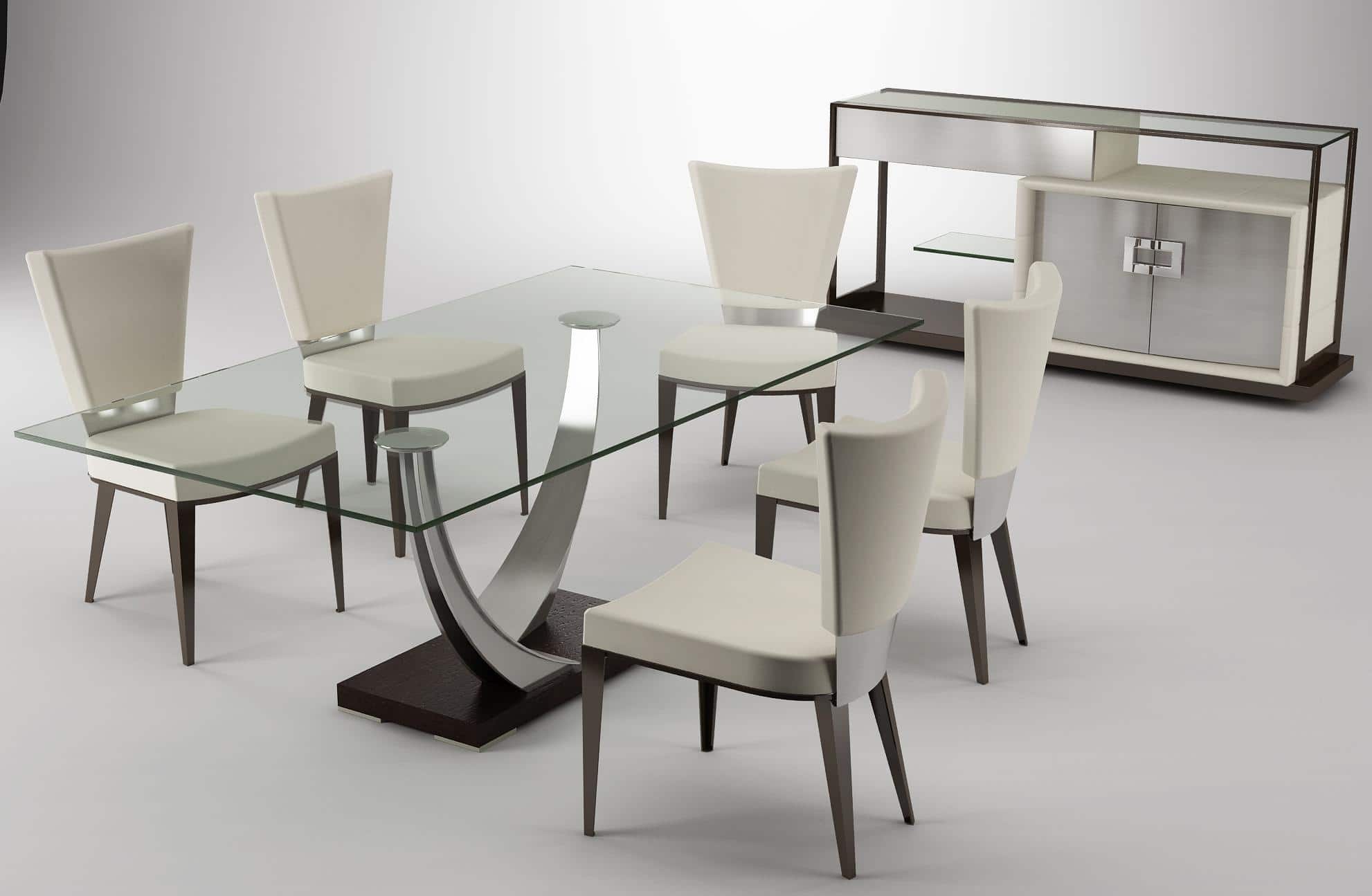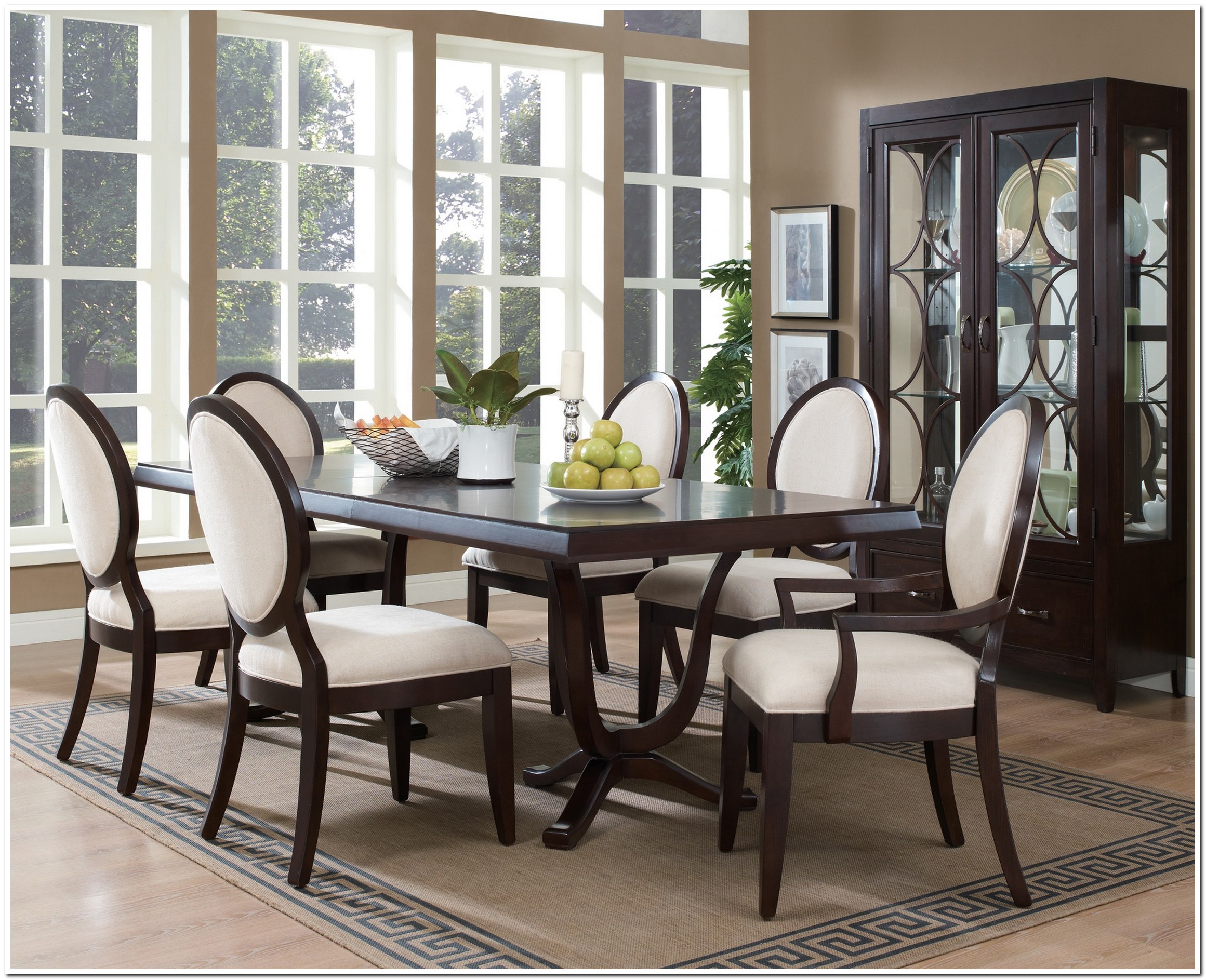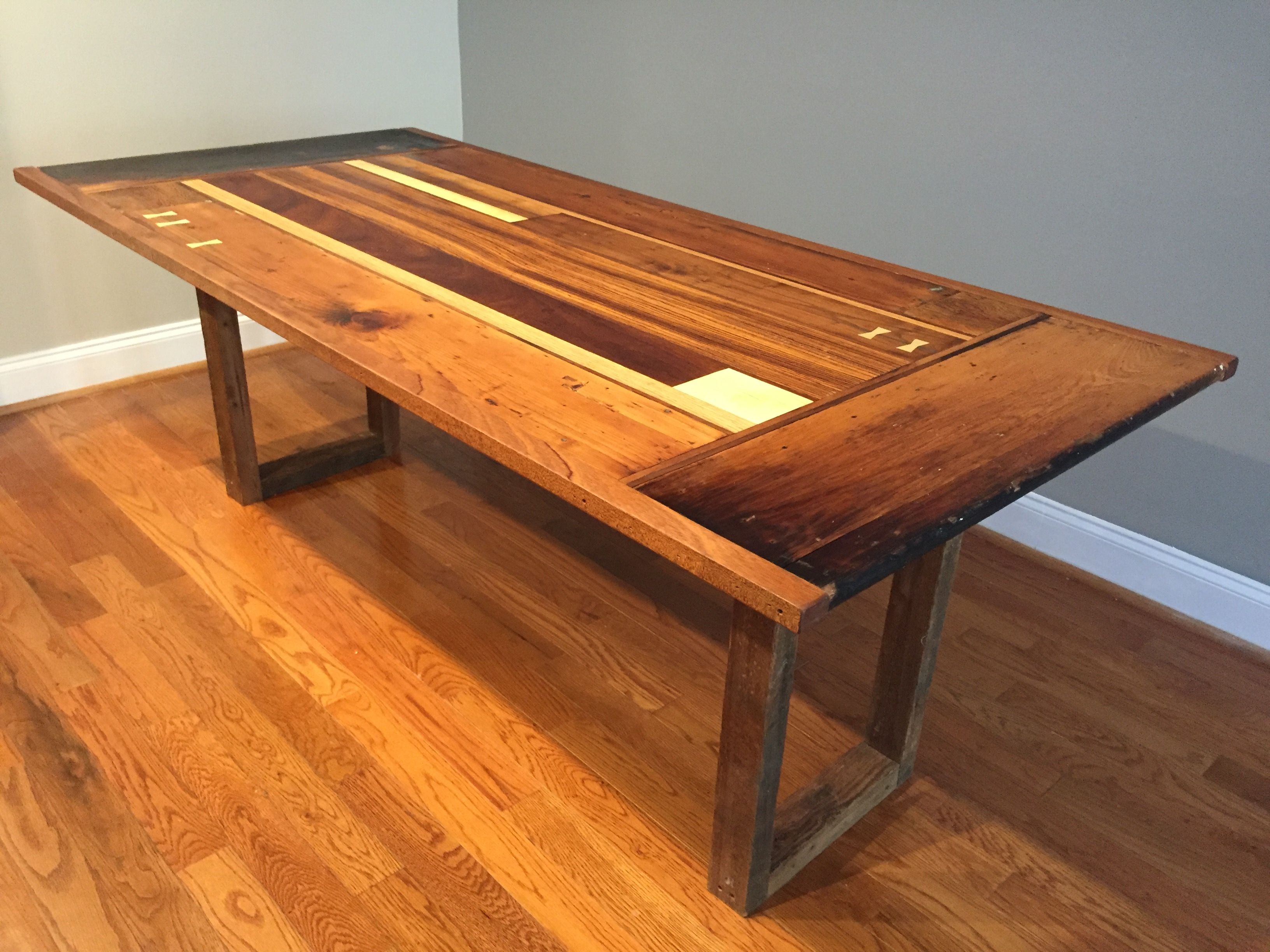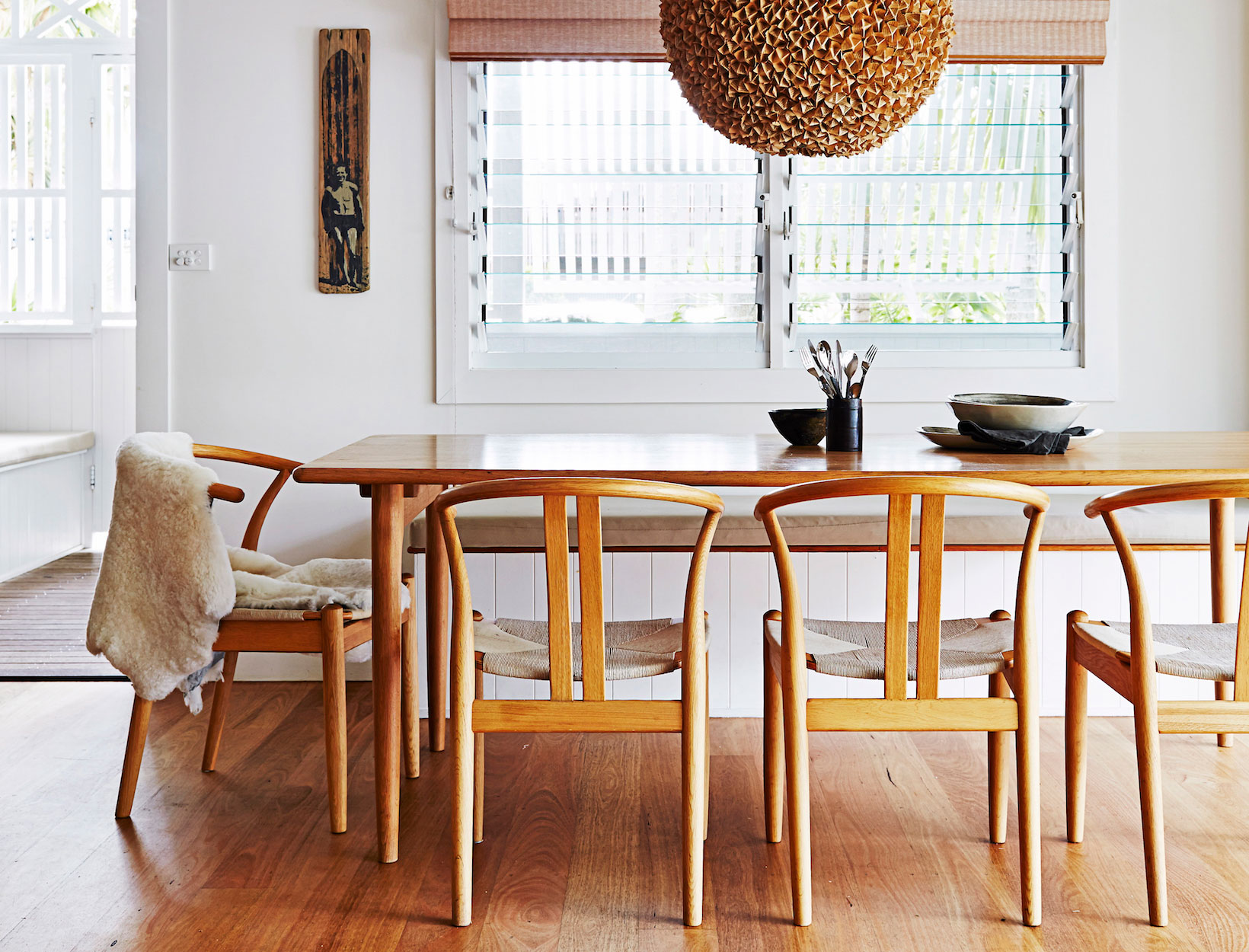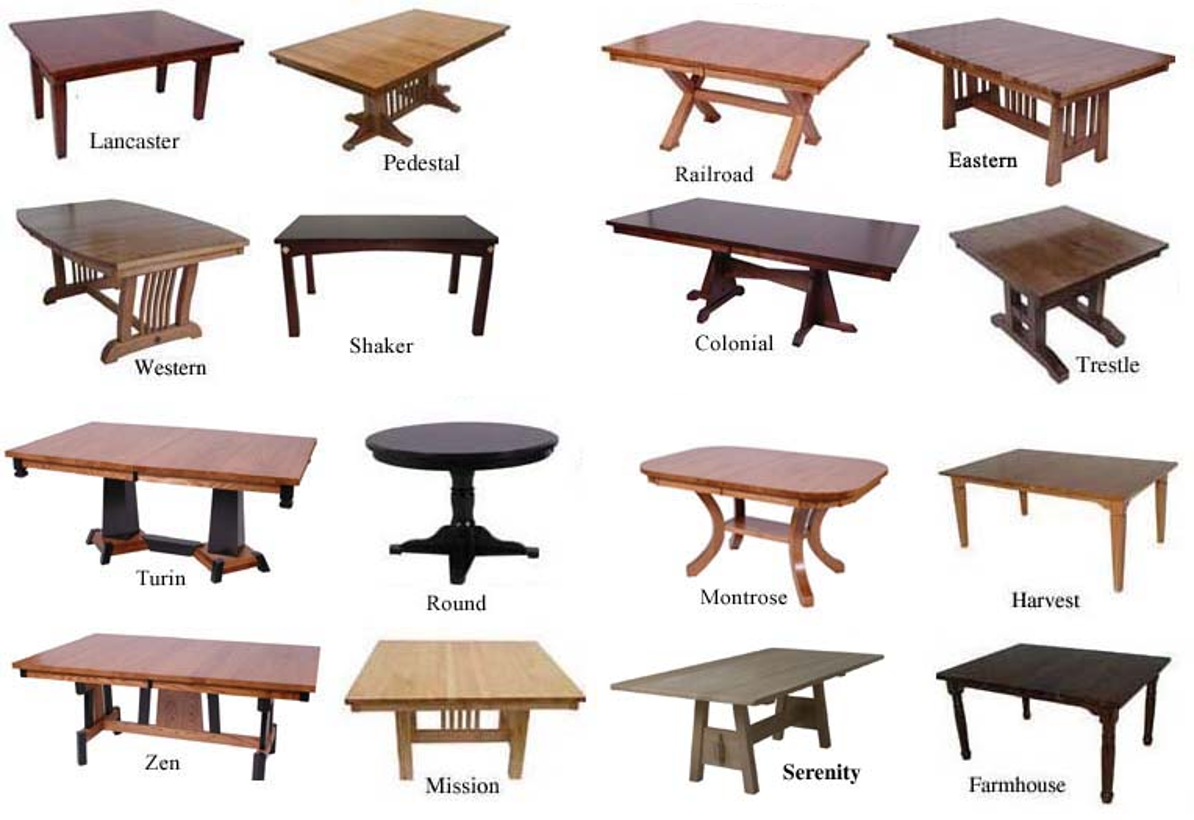The dining room table has been a staple piece of furniture in homes for centuries. It has evolved from a simple piece of wood to a work of art, and has played a significant role in the history of dining and social gatherings. Let's take a journey through the history of dining room tables and see how they have changed over time.History of Dining Room Tables
The earliest known dining tables were used in ancient civilizations such as the Egyptians and Romans. These tables were simple in design, usually made of wood or stone, and were used for both dining and socializing. As time went on, different cultures began to develop their own styles of dining tables, incorporating ornate carvings and intricate designs.The Evolution of Dining Room Tables
The concept of a designated dining room and a separate dining table can be traced back to medieval times. In castles and manor houses, the lord and his family would dine in a grand hall, while the servants and lower class would eat in a separate room. The dining tables during this time were long and narrow, allowing for many people to sit and eat together.Origins of the Dining Room Table
During the 16th and 17th centuries, dining tables became more of a status symbol. The more ornate and elaborate the table, the higher the social class of the owner. These antique tables were often made of rich, dark woods and featured intricate carvings and designs. They were also used for hosting lavish dinner parties and gatherings.Antique Dining Room Tables
In the 18th and 19th centuries, colonial America saw the rise of the dining room table. With the growing wealth of the middle class, dining rooms became a common feature in homes. The tables during this time were typically made of pine or oak and had a rectangular shape with four legs.Colonial Dining Room Tables
The Victorian era brought about a change in the design of dining room tables. They became more elaborate and ornate, with curved legs and intricate floral patterns. This style of dining table was often seen in the homes of the wealthy and was a symbol of wealth and status.Victorian Dining Room Tables
With the rise of the Industrial Revolution, dining room tables were no longer seen as just a piece of furniture. They became a statement piece, with designers experimenting with different materials and styles. The mid-century modern era saw the introduction of clean lines and minimalist designs, while the 21st century has seen the use of glass, metal, and other unconventional materials.Modern Dining Room Tables
The design of dining room tables has been influenced by various factors throughout history. From the materials available to the social customs of the time, each era has left its mark on the design of dining tables. Whether it's the ornate carvings of the Victorian era or the sleek, modern designs of today, each style reflects the values and trends of its time.Dining Room Table Design History
One of the most significant changes in dining room tables over time is in their size. In the past, dining tables were large and often used for hosting large gatherings. Today, with smaller living spaces and the rise of casual dining, tables have become smaller and more versatile. Another change is in the design and materials used. From simple wood tables to intricate glass and metal designs, dining tables have become more of a statement piece in modern homes.How Dining Room Tables Have Changed Over Time
Throughout history, there have been certain styles of dining tables that have left a lasting impact on the design world. Some of these influential styles include the ornate carvings of the Victorian era, the sleek lines of mid-century modern, and the minimalist approach of Scandinavian design. These styles have not only influenced the design of dining tables, but also other areas of home decor. In conclusion, the dining room table has come a long way from its humble beginnings. It has evolved from a simple piece of furniture to a work of art, reflecting the changing trends and values of society. With each passing era, new styles and designs have emerged, and it will be interesting to see how the dining room table continues to evolve in the future.Influential Styles in Dining Room Table History
The Evolution of Dining Room Tables
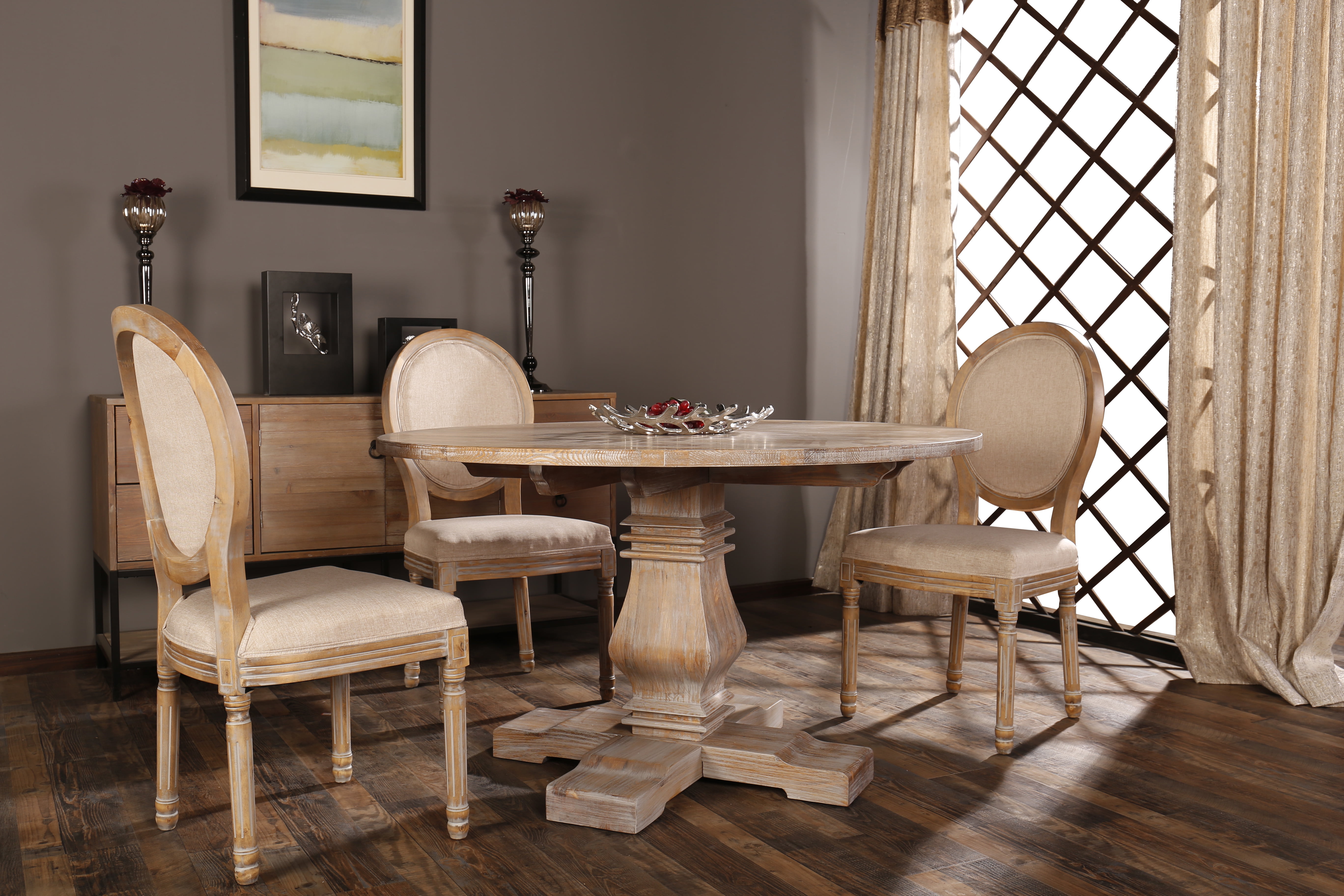
The Rise of the Dining Room
Early Dining Tables
 In the early days of dining rooms, tables were simple and functional. They were often made of solid wood and featured sturdy legs for stability. Tables were typically rectangular in shape, and could often be extended with leaves to accommodate larger gatherings. As dining rooms became more common, tables also began to feature more decorative elements, such as intricate carving and inlaid designs.
In the early days of dining rooms, tables were simple and functional. They were often made of solid wood and featured sturdy legs for stability. Tables were typically rectangular in shape, and could often be extended with leaves to accommodate larger gatherings. As dining rooms became more common, tables also began to feature more decorative elements, such as intricate carving and inlaid designs.
The Victorian Era
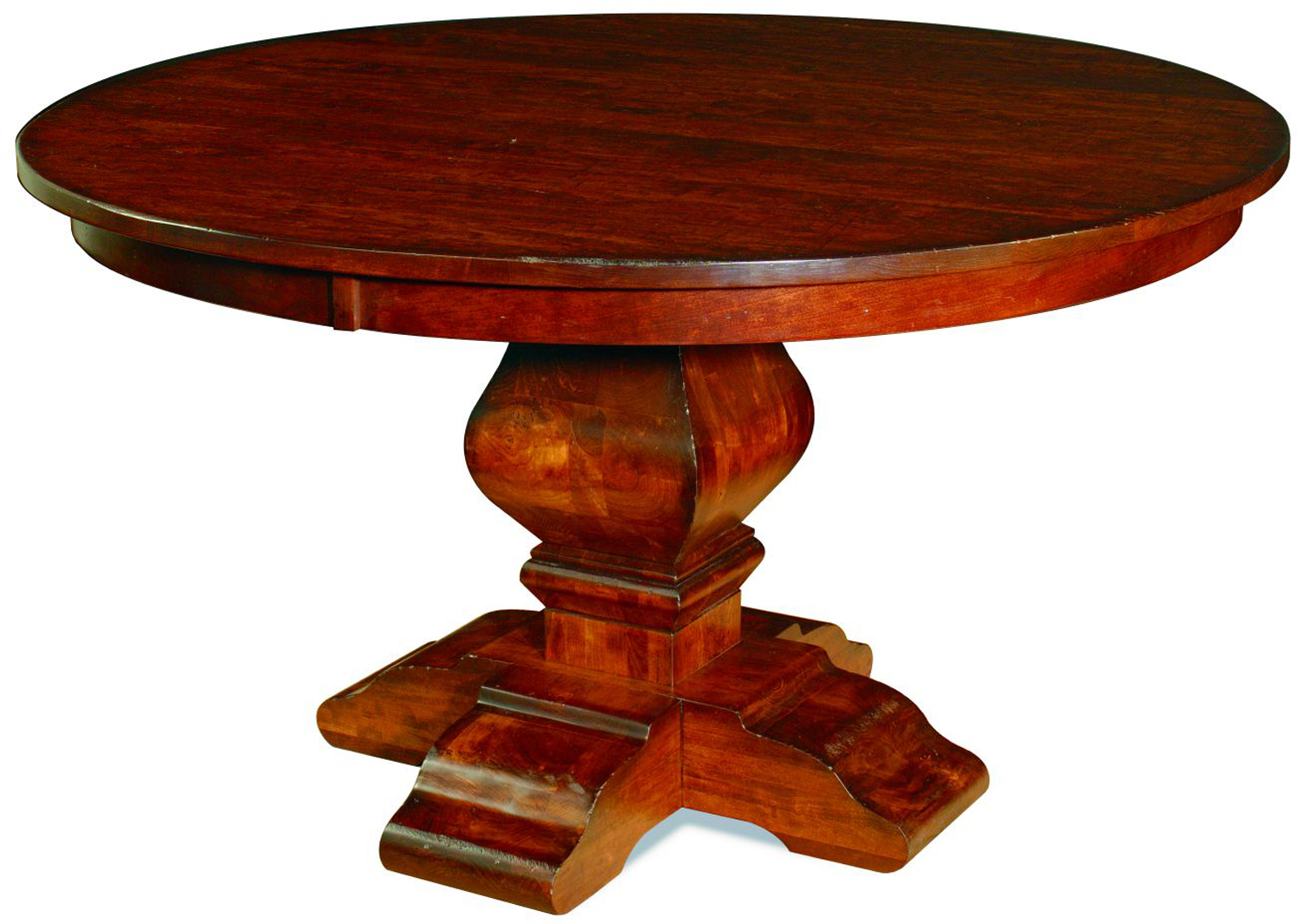 During the Victorian era, dining rooms reached the height of opulence. Tables were often made of mahogany or walnut and featured elaborate designs and intricate details. The rise of the industrial revolution also meant that dining tables could be mass-produced, making them more accessible to the middle class. However, this also led to a decline in quality as tables were no longer handcrafted by skilled artisans.
During the Victorian era, dining rooms reached the height of opulence. Tables were often made of mahogany or walnut and featured elaborate designs and intricate details. The rise of the industrial revolution also meant that dining tables could be mass-produced, making them more accessible to the middle class. However, this also led to a decline in quality as tables were no longer handcrafted by skilled artisans.
The Modern Dining Table
 In the 20th century, dining tables continued to evolve with changing trends and technologies. The mid-century modern movement popularized sleek and minimalist designs, while the industrial revolution brought about new materials such as metal and plastic. Today, dining tables come in a variety of shapes, sizes, and materials to fit any style and budget.
But one thing remains constant: the dining room table is still the centerpiece of many homes, serving as a gathering place for family and friends to share meals and create memories.
In the 20th century, dining tables continued to evolve with changing trends and technologies. The mid-century modern movement popularized sleek and minimalist designs, while the industrial revolution brought about new materials such as metal and plastic. Today, dining tables come in a variety of shapes, sizes, and materials to fit any style and budget.
But one thing remains constant: the dining room table is still the centerpiece of many homes, serving as a gathering place for family and friends to share meals and create memories.
The Future of Dining Room Tables
 As technology continues to advance, so do dining room tables. Smart tables with built-in charging stations and touch screen capabilities are becoming more popular. There is also a growing trend of eco-friendly and sustainable dining tables made from recycled materials. It's clear that the dining room table will continue to evolve and adapt to the ever-changing needs and preferences of homeowners.
In conclusion, the history of the dining room table is a reflection of the evolution of house design and the changing dynamics of family and social life. From simple and functional to elaborate and high-tech, the dining room table has remained a symbol of gathering and togetherness throughout the centuries. Whether it's a traditional wooden table or a modern, eco-friendly design, the dining room table will always hold a special place in our homes and hearts.
As technology continues to advance, so do dining room tables. Smart tables with built-in charging stations and touch screen capabilities are becoming more popular. There is also a growing trend of eco-friendly and sustainable dining tables made from recycled materials. It's clear that the dining room table will continue to evolve and adapt to the ever-changing needs and preferences of homeowners.
In conclusion, the history of the dining room table is a reflection of the evolution of house design and the changing dynamics of family and social life. From simple and functional to elaborate and high-tech, the dining room table has remained a symbol of gathering and togetherness throughout the centuries. Whether it's a traditional wooden table or a modern, eco-friendly design, the dining room table will always hold a special place in our homes and hearts.
